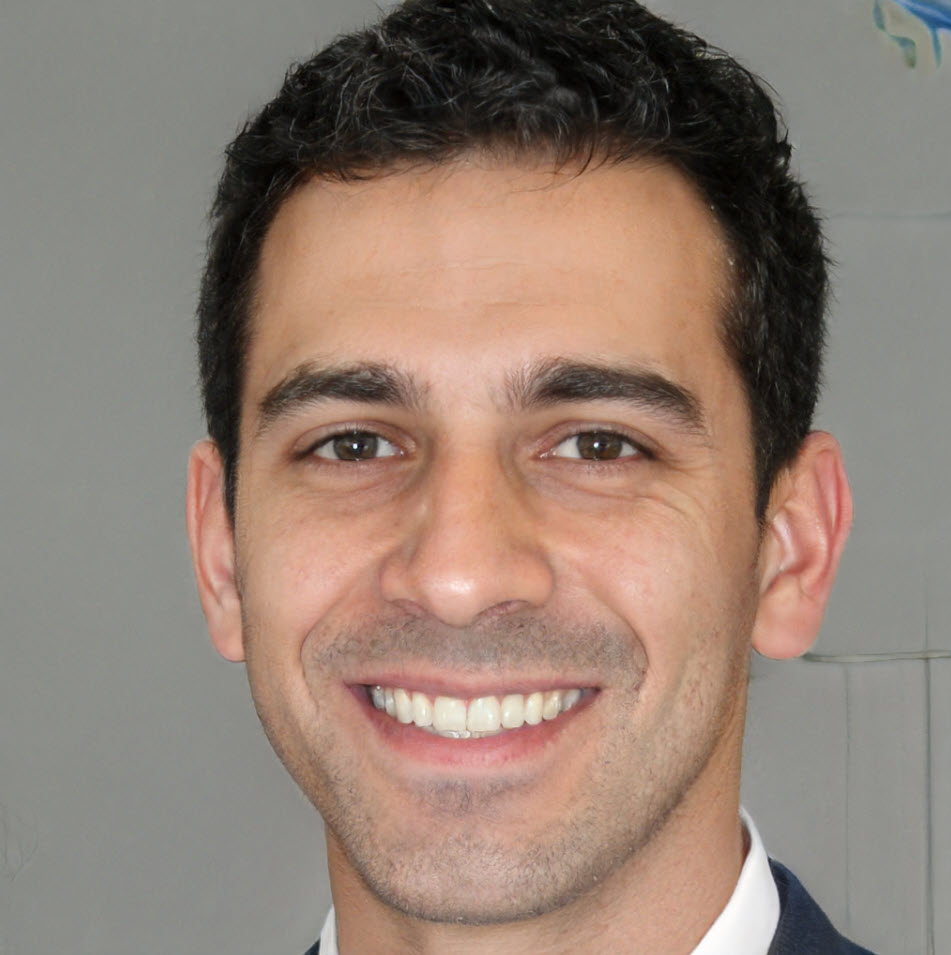Frontiers in Natural Sciences: Dean’s Annual Lecture
318 View
Share this Video
- Publish Date:
- 7 February, 2023
- Category:
- Amazing Science
- Video License
- Standard License
- Imported From:
- Youtube
Reading your DNA: What can it tell us? by Professor Sir Shankar Balasubramanian, Herchel Smith Professor of Medicinal Chemistry in the Department of Chemistry the University of Cambridge
DNA is a linear molecule made up of four building blocks, often abbreviated to the letters G, C, T and A. The sequence of these four letters constitutes a code that comprises 3.2 billion letters in a copy of the human genome. The International Human Genome Project used an approach developed by Fred Sanger to generate the first human genome reference in a global collaboration that spanned a decade. Over 20 years ago, during the course of some basic scientific experiments, a collaboration with David Klenerman and our co-workers, unexpectedly led us to conceive and then pursue a different way of sequencing DNA. The initial experiments ultimately led to a rapid, low-cost sequencing approach, which was developed and commercialised through a company we co-founded, called Solexa. Today the technique is able to sequence human, and other, genomes at a cost and speed that shows over a million-fold improvement compared to when we began the project in 1997. I will also discuss the impact of the technology on life sciences, medicine and society along with a vision of what the future holds.














